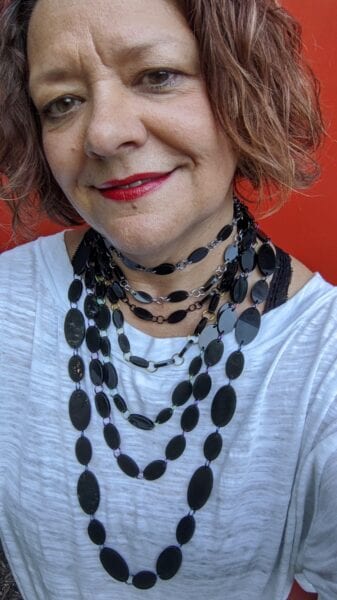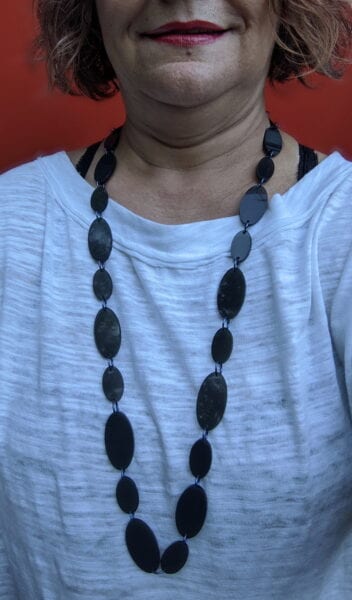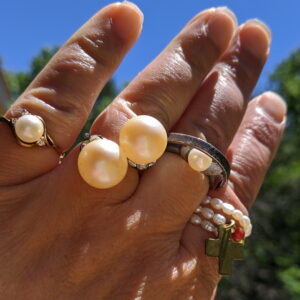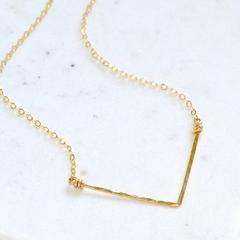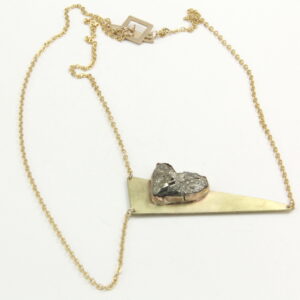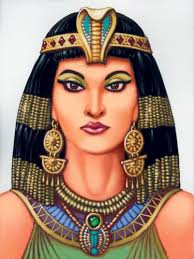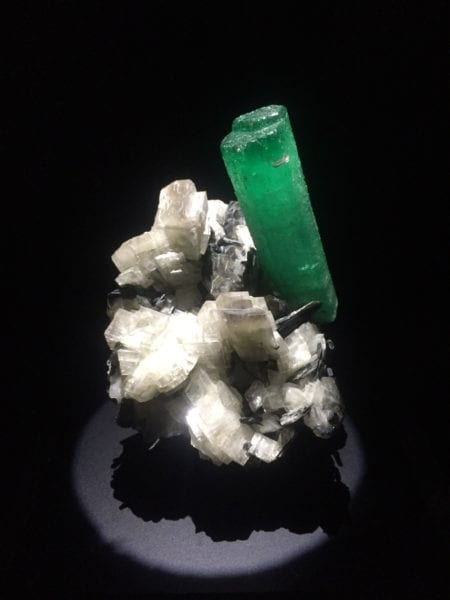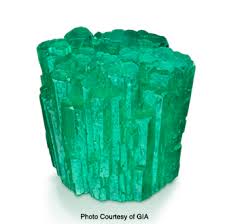Hiya!
It is a rainy, cool day. I’m glad it is raining as it makes for a much easier time to have what I call my “office day.” Office day, usually on Mondays, is when I do some of the mundane and not so creative tasks of running a business.
One of my favorite gemstones is azurite. I love the deep blue “azure” color of the gem for which it is named. The color is reminiscent of the deep blue evening skies often seen above deserts and winter landscapes. Azurite is a soft copper mineral that is produced by the weathering of copper ore deposits.

Azurite from my collection

Azurite from my collection

Azurite from my collection
Azurites will most often be mixed with malachite, another copper carbonate mineral.

azurite and malachite
from CKS gemstone collection
It can also be found mixed with cuprite or cooper oxide. This mixture is known as burnite. Azurites, malachites and cuprites are idiochromatic meaning they receive their color from copper.

However, the mixture of copper creates very different colors in each of these gems. Azurites are always blue, malachites are always green and cuprites are always red. when they occur mixed these minerals appear as bands of distinctive color. More on malachites and cuprites in a later blog.

repost of cuprite

malachite from personal collection

azurite from personal collection
Some of the most famous sources for azurite are Utah, Arizona and New Mexico. Mexico, Namibia, the Congo Morocco and Australia are additional sources of azurite. At one time notable azurite was found in Chessy near Lyon, France and French azurite was sometimes referred to as chessylite.
Azurite is not a common or an abundant mineral. But its deep blue color gets people’s attention, mine included! Since ancient times the gemstone has been used as an ore of copper, as a pigment dye, as a gemstone and for ornamental stone. These are still its most common uses today.
Along with making some striking jewelry, azurites are said to help enhance creativity, intuition and inner wisdom! They can help one to get and maintain focus. It is an excellent stone to sit on your workbench or desk when you are working on a project and need to stay laser focused! If you are having a mental block, gaze at azurite.

alisa bracelet from MAE artisan jewelry

anwen from MAE artisan jewelry

araminta ring from CKS jewelry
Azurites may help to cleanse and strengthen emotions, leading to courage while releasing stress, and overcoming grief and sadness. Azurites may even be beneficial in helping to treat arthritis and joint problems, detoxifying the liver, gallbladder, spleen and kidneys.
Azurites require a bit of special consideration when caring for them. They are a relatively soft stone and somewhat brittle. They can gradually lose their color when exposed to air, heat and light. Store your azurite gems jewelry in sealed darkness, away from your other jewels! Clean only with water mild detergent, I like dawn for my personal jewels, and a soft brush. Old toothbrushes make great jewelry cleaners!
Until next time, stay safe, stay well!
ENJOY!!
cheryl


